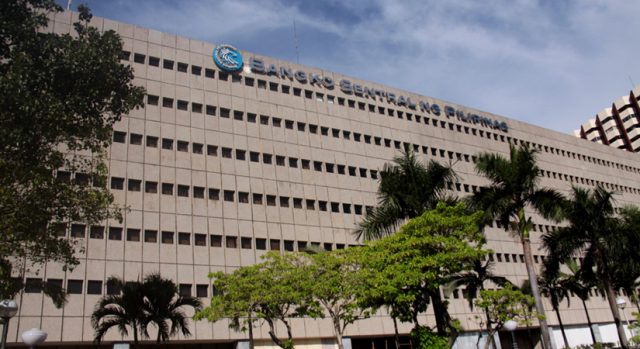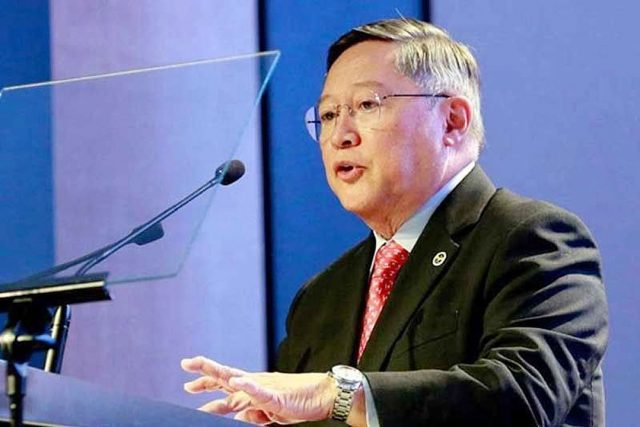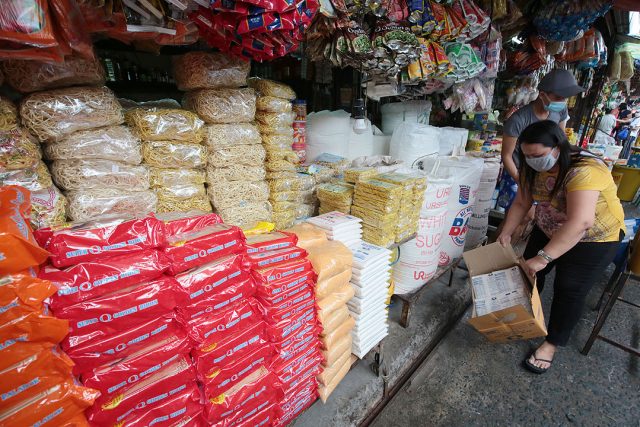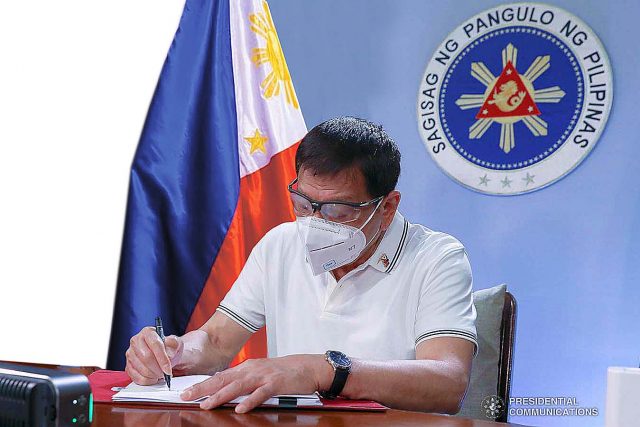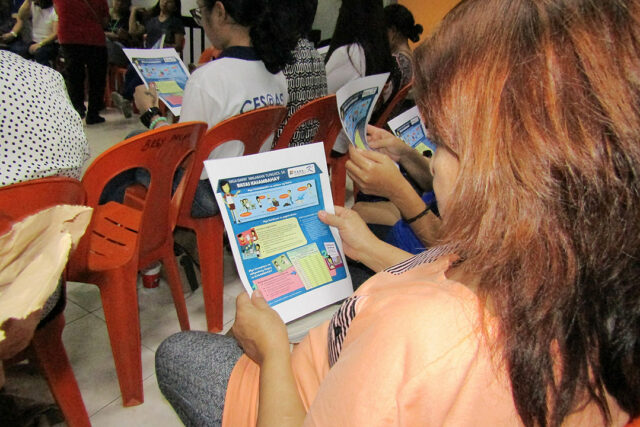THE Fiscal Incentives Review Board (FIRB) said it has sent letters to the investment promotion agencies (IPAs) holding incomplete information on their locators, in a bid to bring them into compliance with reporting rules set by the Corporate Recovery and Tax Incentives for Enterprises (CREATE) law.
Finance Assistant Secretary Juvy C. Danofrata, who heads the FIRB Secretariat, said in a statement: “The Secretariat has already sent a follow-up letter signed by the Chairman of the FIRB and Finance Secretary, Carlos G. Dominguez III, to each of these IPAs that had incomplete and missing submissions… All IPAs should understand that these reports we require are important for the FIRB to fulfill its oversight functions on the administration and grant of tax incentives.”
Last week, the Department of Finance, which chairs the FIRB, announced that only four IPAs are compliant with the reporting requirements — the Bases Conversion and Development Authority, John Hay Management Corp., Poro Point Management Corp., and the PHIVIDEC Industrial Authority.
IPAs holding incomplete information on locators were identified as the Philippine Economic Zone Authority (PEZA), Tourism Infrastructure and Enterprise Zone Authority (TIEZA), Authority of the Freeport Area of Bataan, Aurora Economic Zone and Freeport Authority, Board of Investments (BoI), Cagayan Economic Zone Authority, Clark Development Corp., Regional Board of Investments-Bangsamoro Autonomous Region in Muslim Mindanao, the Subic Bay Metropolitan Authority, and the Zamboanga City Special Economic Zone Authority.
The information required of IPAs includes the lists of their registered business enterprises, the tax incentives they are entitled to, IPA-approved projects involving investment capital of P1 billion or less, and registered Information Technology and Business Process Management companies that have work-from-home arrangements.
The FIRB Secretariat also said that both PEZA and TIEZA have yet to submit reports on their locators’ actual invested capital, a requirement of the pre-CREATE rules, which was due last August 2021.
CREATE reduced corporate income tax to 20% for micro-, small-, and medium-sized enterprises, and 25% for all other firms.
The DoF said that PEZA has other pending submissions, including its cost-benefit analyses for its investments, tax incentives granted, and a report on technology transferred by its locators, which it also failed to submit last year.
PEZA Director General Charito B. Plaza said in a statement on Tuesday that the reporting shortcomings are “minor” and called for a halt to statements that might unduly alarm investors.
“If there are data still being awaited from our side, (they are) minor and can be clarified without (generating) negative news about compliance,” she said. “We must not rock the boat and create negative signals.”
PEZA was singled out last week for incomplete data, to which Ms. Plaza replied that the FIRB’s statement was “erroneous, misleading and intend(ed) to embarrass PEZA as an IPA.”
Trade Secretary Ramon M. Lopez, who chairs the BoI, said in a Viber message that the compliance issue was “minor.”
“There were submissions made, but (a) new template and info (was) requested. New deadline. So (it is) ongoing, not an issue.”
Asked about the new deadline for compliance, Mr. Lopez said in a Viber message, “Another month, I was told.”
Mr. Dominguez, who also chairs the FIRB, promised to implement stricter measures if noncompliance continues. — Tobias Jared Tomas



